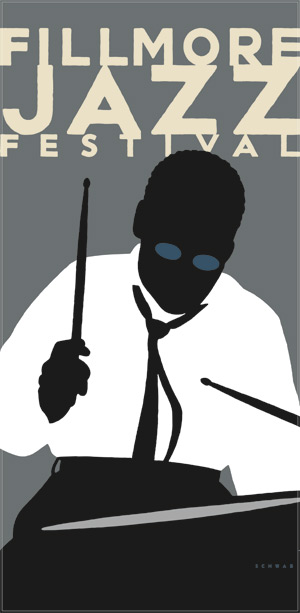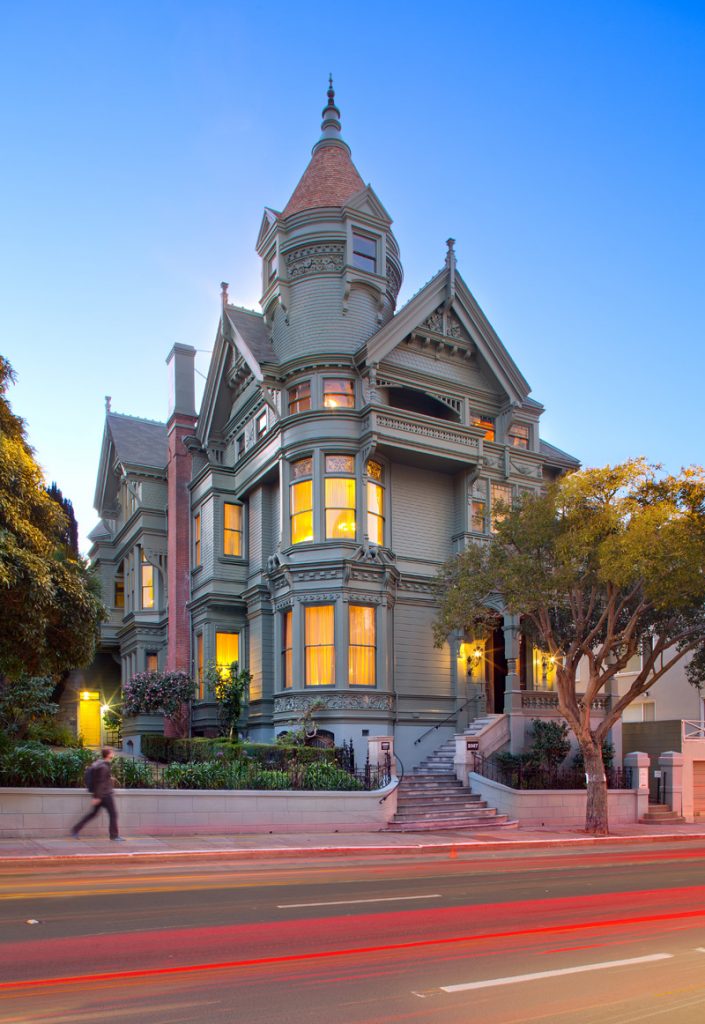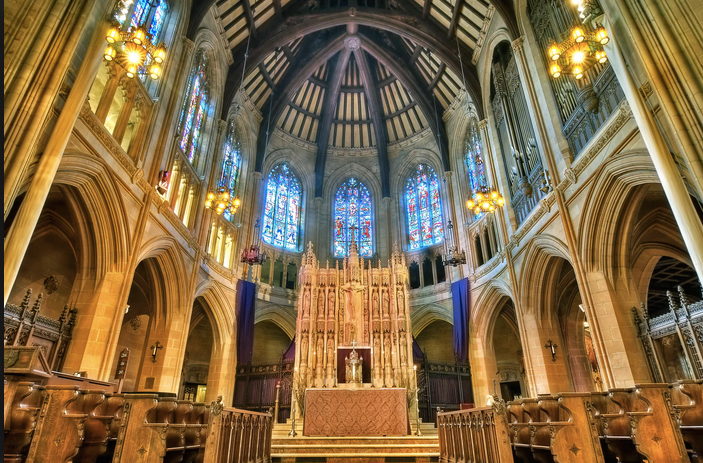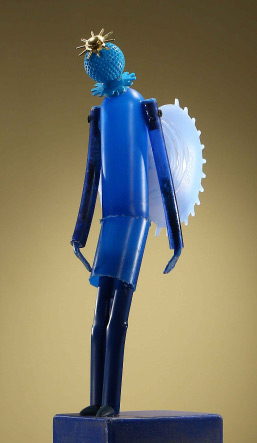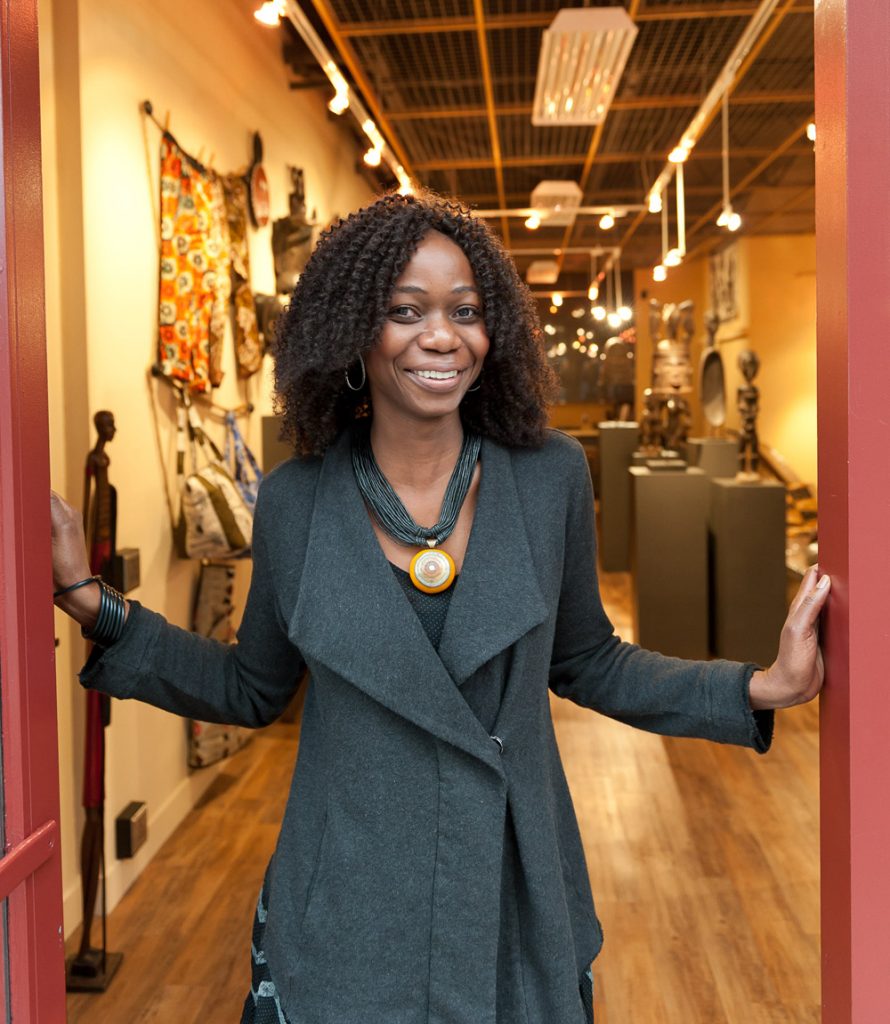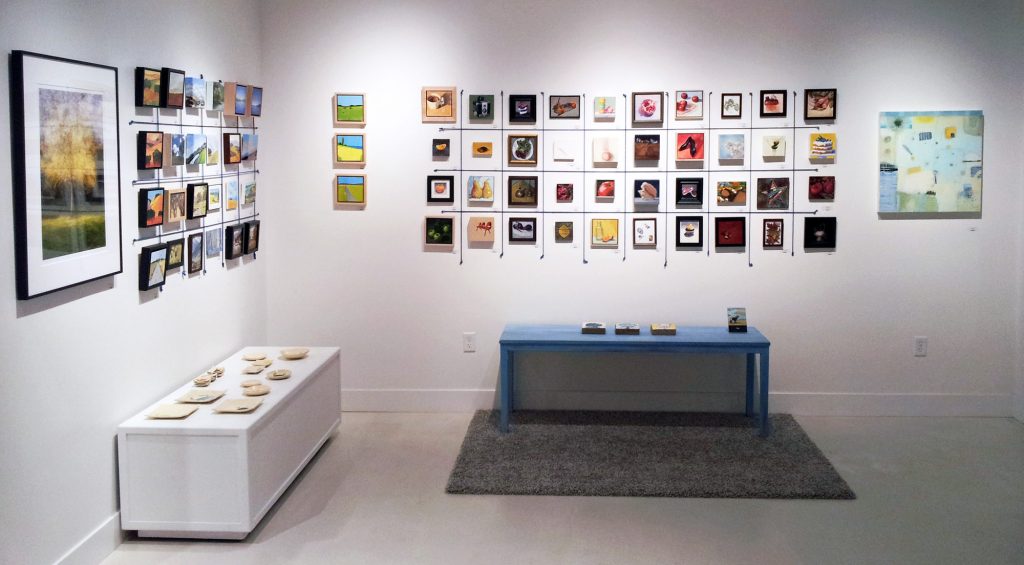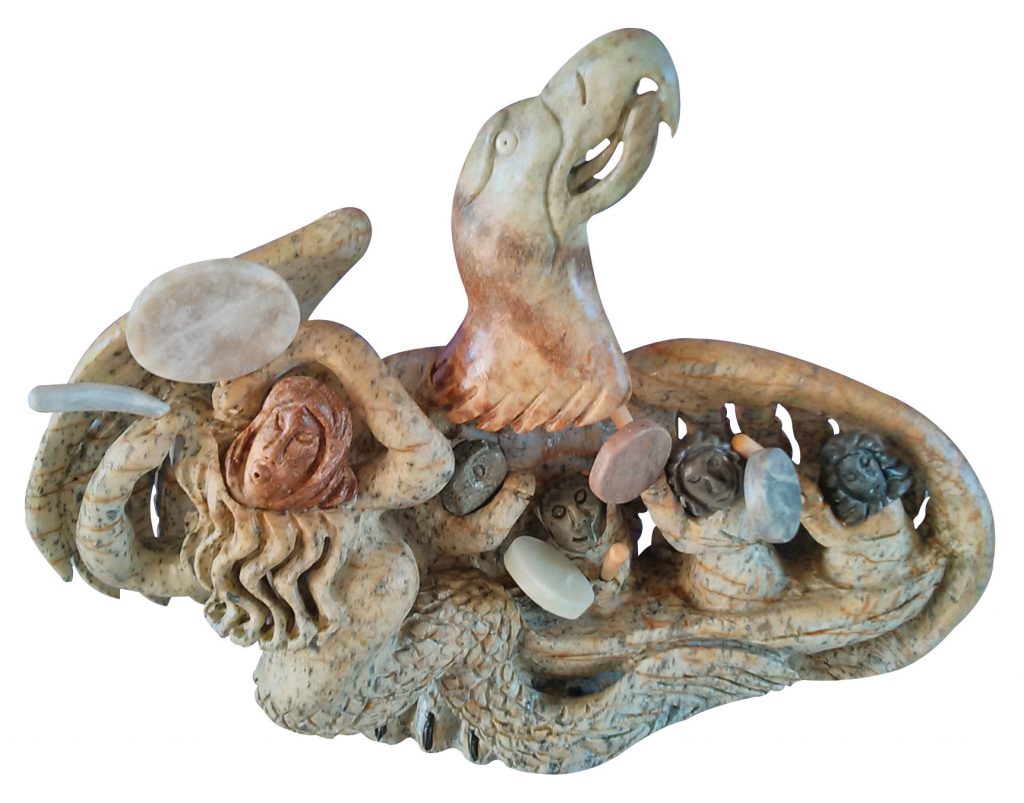
David Johnson and his iconic 1946 photograph in the 1300 on Fillmore lounge.
Photograph by Rory Earnshaw
A CONVERSATION with photographer David Johnson and his old friend and new wife, author Jacqueline Sue, as a new exhibition of his photographs of the Fillmore during the “Harlem of the West” era opens.
Jackie: In November we will have known each other for 58 years. Just a few weeks ago we celebrated your 88th birthday and our fifth wedding anniversary. Do you remember how we met?
David: Well, my wife Lucy and I and our two children were attending the Westside Christian Church at Bush and Divisadero. The mostly white congregation was interested in bringing more African-Americans to their church. A black pharmacist named Wayman Fuller who was a member invited my family, and we met you there.
Jackie: New in town, age 21, no friends, I was there because it was my family denomination in Kentucky and that was the only Christian Church in San Francisco.
David: You and Lucy bonded quickly and became friends because you were both among the first African-American long distance operators in the 1950s.
Jackie: When your son Michael was born in 1957 and I became his godmother, you were already an established photographer, but I didn’t realize it.
David: Yes, by then, I had photographed many of the historical photographs that are now being exhibited. My studio was on Divisadero Street not far from our church.
DAVID JOHNSON RETROSPECTIVE
David Johnson’s photographs are on view at the Harvey Milk Photo Center at 50 Scott Street from September 6 to October 19.
You see, as a youth growing up in Jacksonville, Florida, I found that I was curious about the neighborhood and environment where I lived. We were poor and living on the edge. However, my foster mother provided a good place for me to grow up.
After my discharge from the Navy following World War II, I decided to come to San Francisco and study photography with Ansel Adams at the California School of Fine Arts (now the San Francisco Art Institute). While Ansel and other students photographed Yosemite and nature, it was a natural fit for me to photograph people and the Fillmore community I lived in.
(more…)
Filed under: Art & Design, Books, Video | Leave a Comment »


